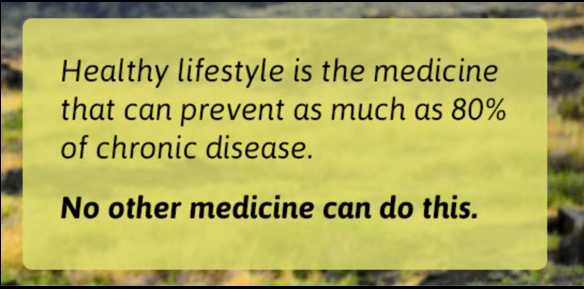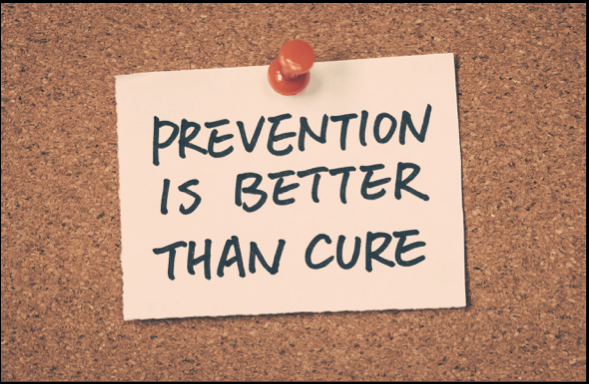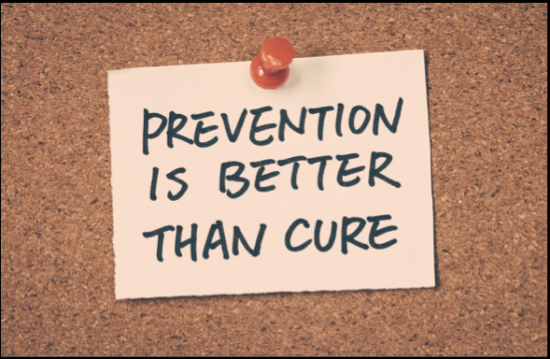Can Lifestyle Habits Raise Cancer Risk?
A risk factor is anything that affects your chance of getting a disease, such as cancer. Certain risk factors are controllable, such as, sedentary lifestyles, poor nutrition, stress, and hypertension. Some risk factors are not controllable, such as, age, gender and genetics. Regarding controllable risk factors, the habits you create and the lifestyle choices you make are related to disease risk.

Studies have shown that lifestyle choices are related to risk for many cancers. With regard to breast cancer, drinking alcohol, being overweight or obese, not having children, being sedentary, taking oral contraceptives and hormone replacement therapy increases your risk for this disease.
Alcohol should be limited to no more than one drink per day to reduce risk of breast cancer. For post-menopausal women, it is important to maintain a healthy weight as too much fat produces estrogen, raises insulin levels, and both may increase the risk for breast cancer. Regular physical activity reduces breast cancer risk, and the American Cancer Society recommends 150 minutes of moderate intensity exercise, 75 minutes of vigorous intensity exercise or some combination of both spread throughout each week. A minimum of 30 minutes per day of exercise is recommended.
Lifestyle Choices May Prevent Cancer!
The most important cancer risk factors to change include tobacco, diet, physical activity and body weight. Regarding all cancers, the following tips are recommended by the American Cancer Society’s Nutrition and Physical Activity Guidelines Advisory Committee, and approved by the American Cancer Society National Board of Directors.
- Avoid tobacco
- Eat a healthy diet high in fruits, vegetables, whole grains, beans, nuts and limit processed meats/foods, sugar, alcohol, fat.
- Follow the Mediterranean diet, focused mainly on plant based foods, high in healthy fats such as olive oil instead of butter, and fish instead of red meat.
- Maintain a healthy weight and be physically active on most days.
- In addition to the above recommendations for the type and amount of physical activity, limit sedentary behavior such as sitting, watching TV and lying down.
- Protect yourself from the sun.
- Check skin regularly for moles or anything unusual.
- Get regular medical care and screenings.
- Routine physical, mammogram, colonoscopy, pap smear.
In Conclusion:

Scientific studies have proven the direct correlation between behavioral and environmental risk factors for cancer mortality, and are related to diet, tobacco, physical activity and the environment. As exposure to these behavioral and environmental factors is preventable, modification in lifestyle may have a huge impact in reducing the cancer burden worldwide. As humans are creatures of habit and habits are hard to break, it is important to determine the value of your health and why it is worth the effort and time it takes to replace old behaviors with new ones. Goal setting along with accountability is imperative for success. If preventing disease is within our control by modifying lifestyle choices, why do so many people resist changing behaviors? Because it is easier to maintain status quo. Change is hard; however, disease is harder. You must make a choice to make a change!
--------
Marianne E. Morano, M.S., ACSM, CWC serves on Cancer Schmancer's Medical Advisory Board. She is a Clinical Exercise Physiologist and the CEO and Founder of Fit or WHAT, Inc. Her mission is to empower clients and the community to achieve their personal best through healthy lifestyle programs, creating longevity and quality of life.






















